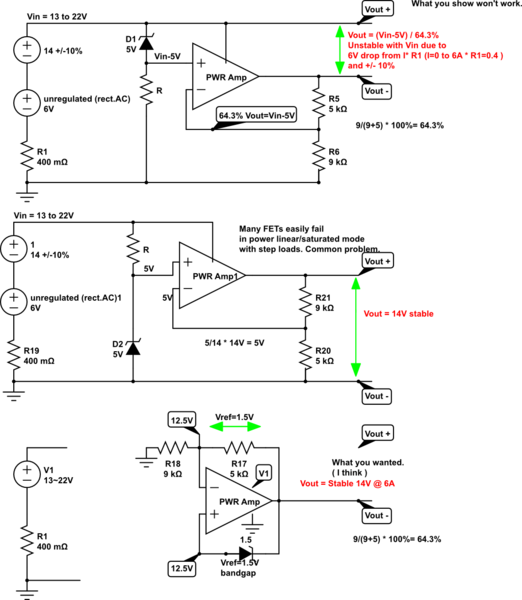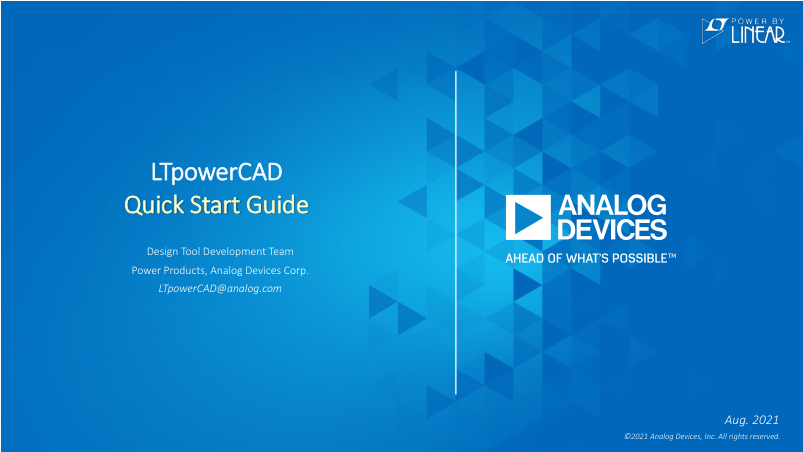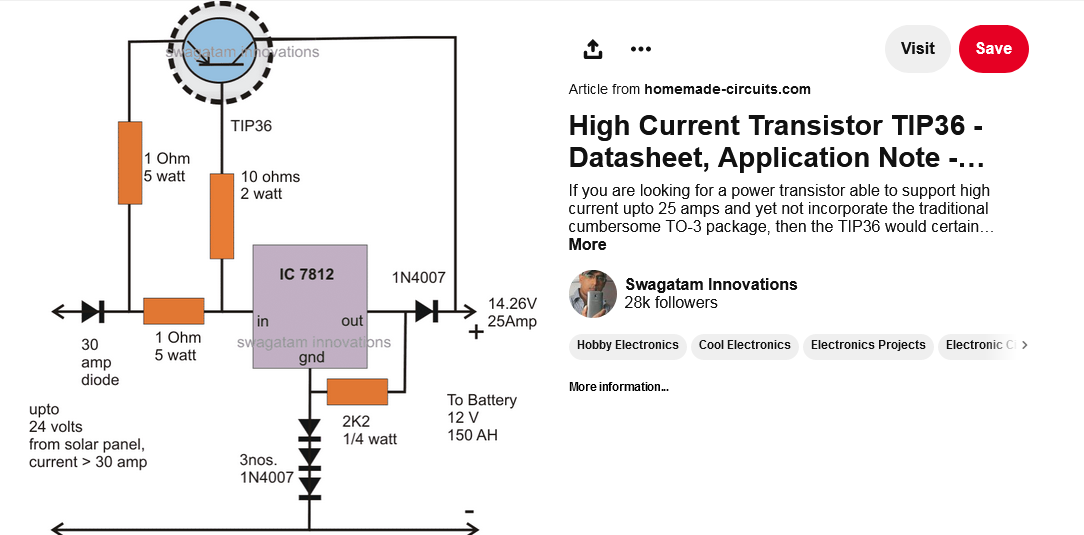
simulate this circuit – Schematic created using CircuitLab
I think there are too many problems with your present config.
options:
- Battery charger design 14.2V + motorcycle battery, stable, most power
- LM317 with bypass
- DCDC regulator to 1V above a linear power regulator, More efficient, less heat rise.
- DCDC regulator to meet or exceed all above requirements. Most efficient, quiet like PC power supplies.
Won't work
Input is too low and needs 20V with 1 ohm drop @ 6A for 14.2 out
Option 2 needs a rugged FET to handle linear failure modes using LM317 (search site for details)
Best bang for the buck
Option 1 using Option 2 with thermal protection (both FET and LM317 mounted to same heatsink. Car batteries have very low ESR thus can be regulated well at high step currents.
https://www.pinterest.ca/pin/618611698800362777
Future work
 https://www.analog.com/en/design-center/design-tools-and-calculators/power-management-tools.html LTPowerCAD
https://www.analog.com/en/design-center/design-tools-and-calculators/power-management-tools.html LTPowerCAD


